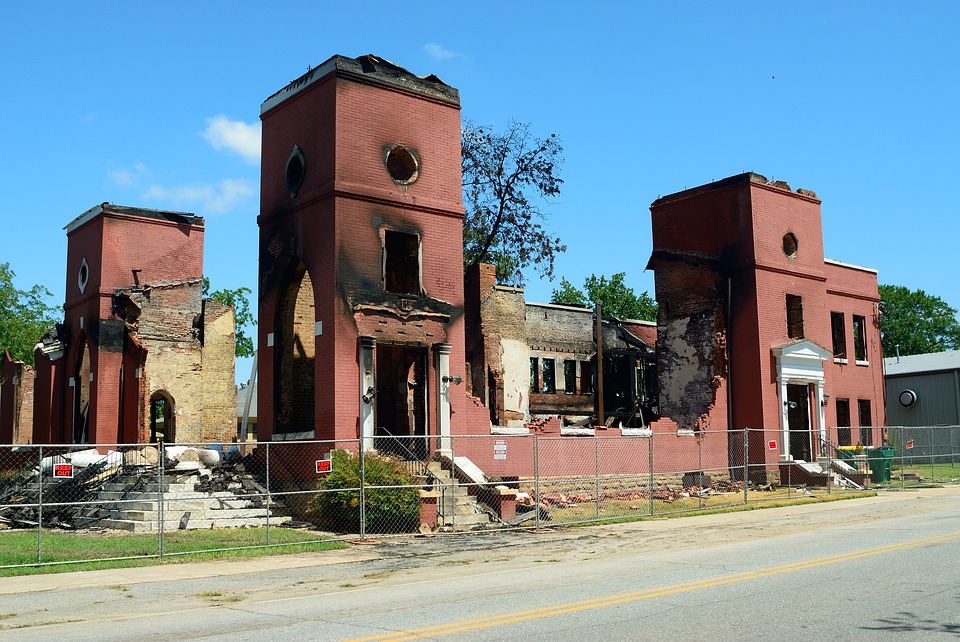When house fires strike, the aftermath can be daunting. In best-case scenarios, the blaze can be stopped before it razes the house. Even if it is extinguished, however, there are still plenty of problems to contend with such as residual soot, smoke effects, and the water and chemicals used to put out fires. All it takes is one look at blackened ceilings and walls to begin to see the ravages of the fire.
Make sure you have the fire department’s permission before you try to re-enter the home. Increase ventilation in the area. Airflow in the house can help eliminate residual smoke and provide fresh, soot-free air to breathe. If fire hoses and chemicals were used in putting out the fire in your Utah home, it might be best to hire Utah clean up specialists to do the job.
Dry off wet items before you start the cleanup. Make sure you use protective wear such as goggles, a facemask, and gloves because the combination of cleaning chemicals and smoke fumes could be harmful.
Start your cleanup by putting drop cloths on the floor to prevent soot stains to the carpet or other flooring. Then proceed with the removal of loose soot on the walls and ceilings, using a vacuum cleaner or dry chemical sponge. Remove the soot from the walls and ceilings with trisodium phosphate solution, a popular cleaner for smoke-damaged walls.
After cleaning the soot off your walls and ceilings, you may still notice traces of smoke odor. You can remove the smell by washing the walls and ceilings with water and detergent. You can also try a solution of water and white vinegar. If the smoke damage to your walls and ceilings is severe, seek the help of licensed and experienced professionals.
Fire leaves nothing except smoke, bubbles, and blisters. The trace is unbearable and can cause further damage to your health. You can always ask help from a restoration company but you can start the cleaning by yourself. Need some tips? This infographic specifies steps how to clean smoke damage to your walls.


